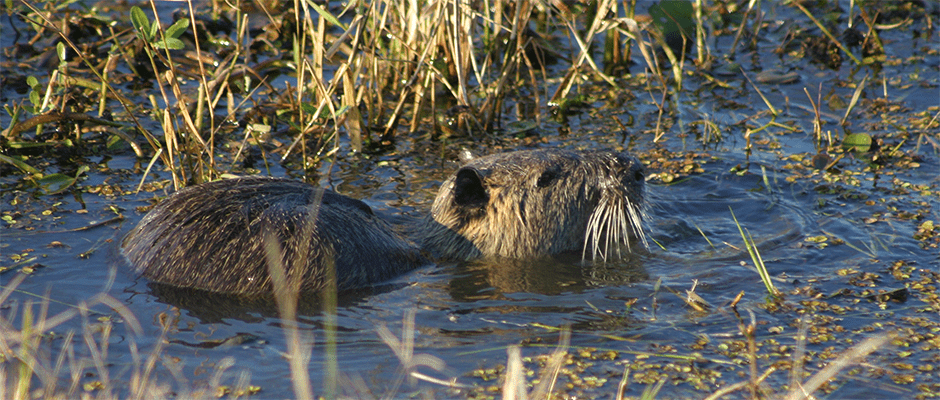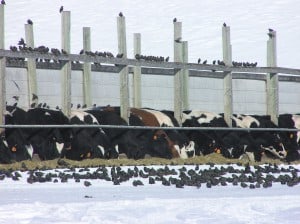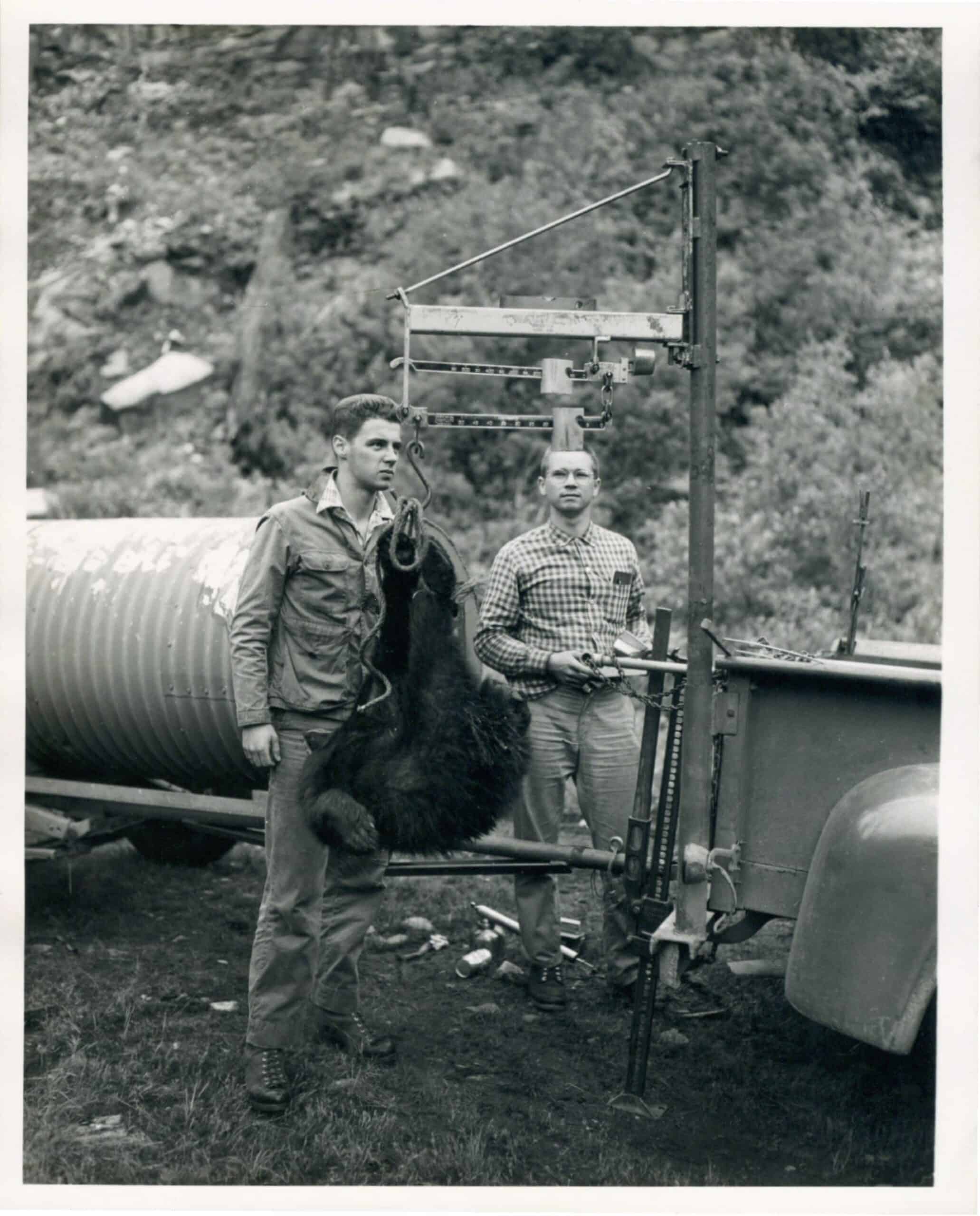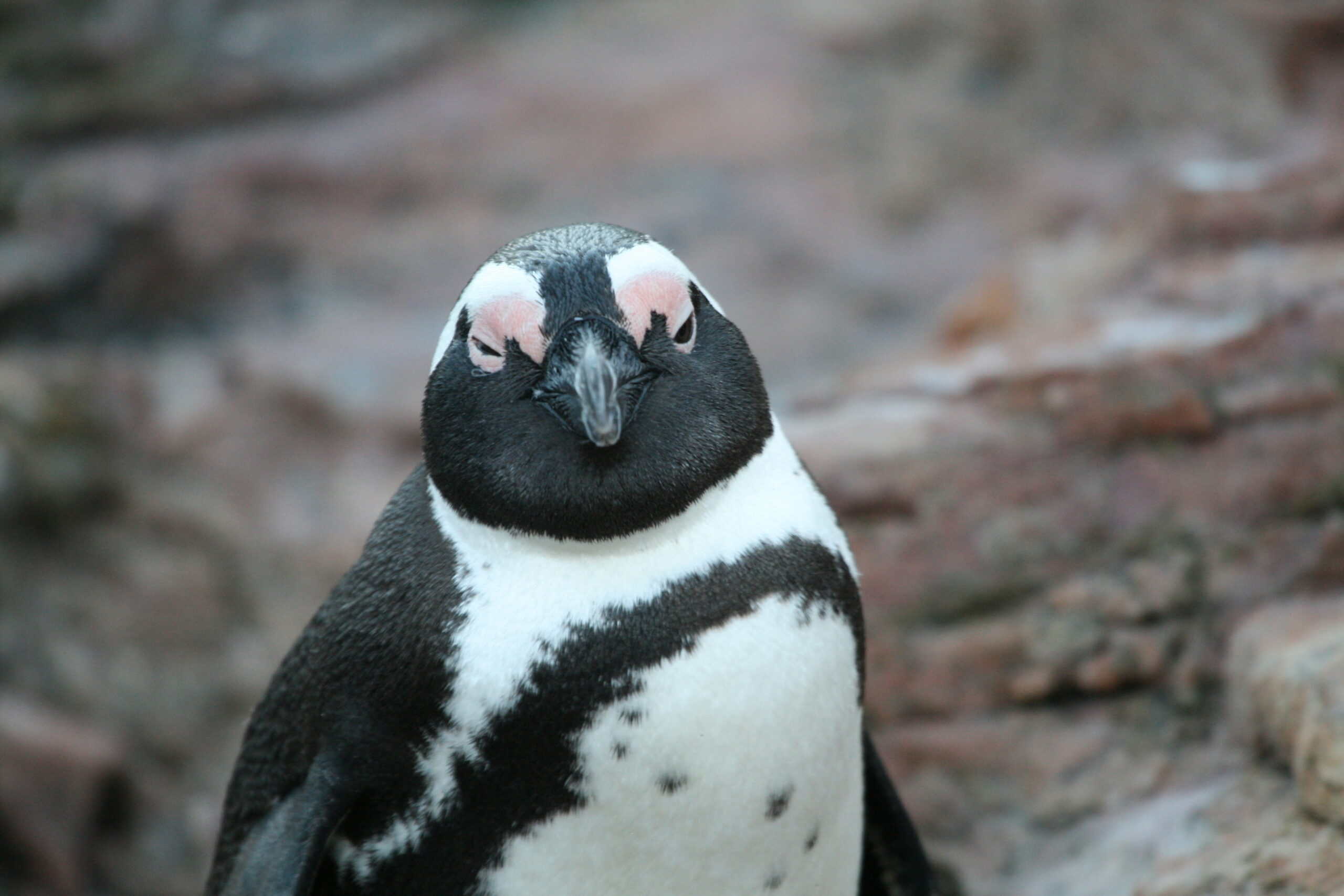Share this article
Economics of invasive species management
In recognition of National Invasive Species Awareness Week (Feb. 21-27), USDA Wildlife Services is providing a two-part series on the economics of invasive species management.
Around the world, battles are being fought to protect native wildlife and ecosystems, property and people’s livelihoods from animal invaders. Because the resources to fight these invasions are limited, natural resource agencies must prioritize their prevention, management and eradication efforts.
So how do you decide where to concentrate your efforts? Do you go for large charismatic species, such as Burmese python and feral swine, to catch public attention or for the more elusive, but no less damaging species? Do you expend resources on prevention and early detection or resolve to mitigate existing damage?
An economist with the U.S. Department of Agriculture’s National Wildlife Research Center (NWRC), Dr. Stephanie Shwiff, takes a pragmatic approach.
“Although we’d like to believe people are willing to fund invasive species management for the sole sake of protecting the health of our native wildlife and ecosystems, it really comes down to economics. What are those invasive species costing us?” Shwiff stated. “Estimating the total economic impact and potential future economic impacts of invasive species is crucial toward gaining acceptance and funding for preventing, managing and controlling them.”
Shwiff and her team of NWRC economists are constantly examining the benefits and costs of invasive species management to determine the most efficient course of action.
“A simple formula we use includes not only estimates of the direct economic harm and damage from invasives, but also the secondary effects of their damage on the regional economy,” Shwiff noted.
Direct economic impacts fall into three broad categories — destruction, depredation and disease. Costs associated with destruction include damage to property, equipment, habitat, crops and opportunities (e.g., lost tourism or hunting). Depredation impacts refer to consumption of crops, livestock, wildlife species and companion animals. Disease impacts reflect costs associated with the spread of pathogens that cause mortality or illness in humans, companion animals, livestock or wildlife. For example, invasive Burmese pythons in Florida cause depredation and habitat destruction, but rarely spread disease. Other invasives, like European starlings and feral swine, impact all three categories.
These direct impacts also lead to secondary or downstream impacts. For example, destruction costs associated with feral swine or nutria damage to a natural area are measured by the number of acres damaged at the restoration price per acre. However, if the damage also reduces tourism, then the economic activity generated from tourism is also lost. Placing a dollar figure on such secondary impacts requires the use of regional economic models.
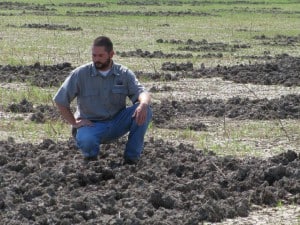
A Wildlife Services biologist examines feral swine damage on a seasonally flooded wetland at a wildlife refuge in Louisiana. ©USDA Wildlife Services
Regional economic models build mathematical replicas of economies at the county or state level, and can estimate how changes to one economic sector, such as agriculture, may impact another (e.g., manufacturing or industry).
“The production of crops leads to the harvest and transfer of raw goods which leads to the manufacturing and sale of food products. Regional economic models take into account all the losses along that path from producer to consumer,” Shwiff explained.
The models use direct impacts to generate estimates of secondary impacts. Both figures are then used to estimate the total effect of damages on jobs and revenue to the economy. Such units of measure — revenue, income and jobs — are important to the public, as well as state and federal representatives who fund invasive species management.
“By focusing on both the direct and secondary impacts of invasive species to the economy, as well as the health of our natural resources, managers and conservationists are more likely to gain needed support for prevention, control and eradication efforts,” Shwiff noted.
Unfortunately, data needed to build these economic analyses are lacking for most invasive species. To continue to increase awareness and appropriate action for invasive species issues, state and federal agencies, nonprofits and others must combine their knowledge and data to build their ecological and economic case.
Wildlife Services is a strategic partner with The Wildlife Society.
Header Image: Building a strong economic case can create invasive species management support. ©USDA Wildlife Services



